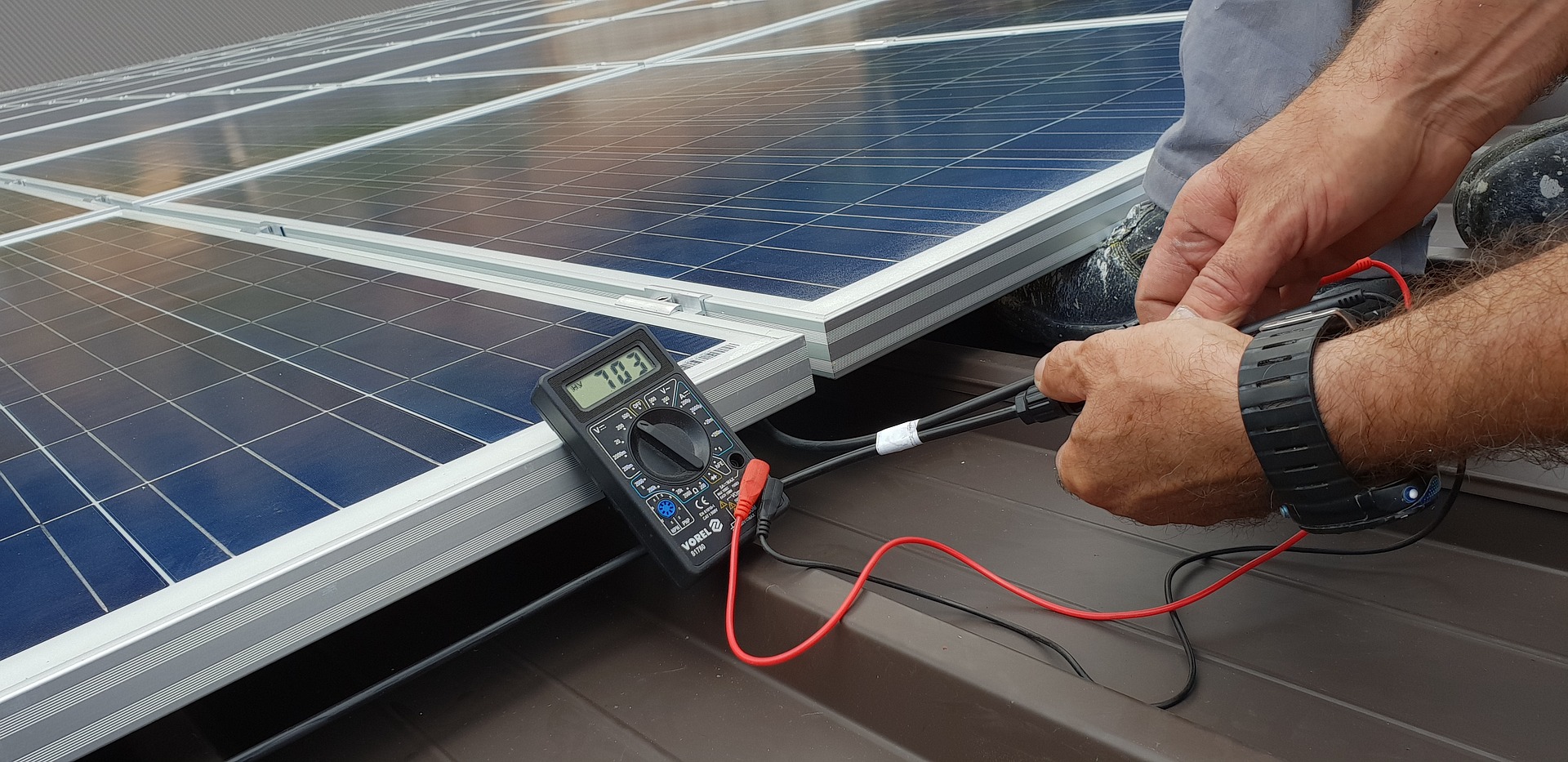
Nearly all power generation systems involve the spinning of a coil of copper inside a magnet. Hydro, wind, thermal, geothermal, nuclear, all are variants of how to convert physical power to electrical power throug. h a magneto. Even Concentrated Solar Thermal is used at municipal scale to drive a turbine. The photovoltaic cell, on the other hand, achieves direct current power generation through the pealing of electrons from an exotic metal surface from light. Conversion to the conventional AC power that our appliances mostly use, it is necessary to invert the power from direct to alternating current and to replicate the voltage and frequency according to local convention.

The dramatic drop in the price of solar panels and reliability of inverters has combined with favorable grid-tie policies in many societies to make solar power generation economically attractive at the residential scale. Commercially, photo-voltaic farms remain in their planetary infancy, though economic and environmental conditions, at least in Costa Rica, favor their expansion. And for remote facilities far from the grid, independent alternative power supply remains the only game in town. Hydroelectric and wind is a great choice when the resources are available to exploit. But nearly every homeowner has access to the sun, making solar power the go-to technology for workaday decentralized power generation.
But the markets are each distinct and instructive, meriting their own sections: